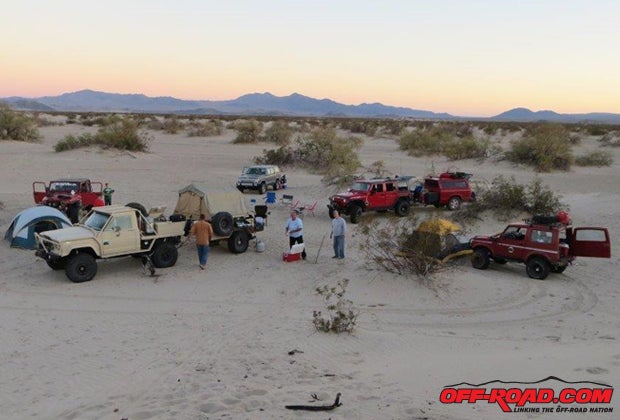

I began camping about 60 years ago in the Boy Scouts. My equipment—all picked up at a local war surplus store—consisted of a pup tent (two shelter halves buttoned together) and an olive drab sleeping bag. Even though I never made Eagle Scout, camping with the Boy Scouts gave me a lifelong love of the outdoors. I continued camping in high school, throwing my trail gear—along with Red Ryder BB guns and .22s—into the trunk of my first car (a 1940 Buick Roadmaster four-door), whose high ground clearance allowed me to begin my love affair with the backroads of Southern California. About the only difference in gear, being that in those days my trail gear came from my uncles’ surplus equipment after their tours in the Korean Police Action, was the addition of a Coleman lantern and stove.
Well, the Cascadia Vehicle Tent ain’t my uncle’s surplus shelter half! It’s a mobile mansion that gets your butt up off the ground and saves you from having to check the area for creepy crawlies. Depending upon how high the vehicle’s roof is off the ground—and that depends on whether you mount it on a Jeep or a trailer—that’s how high you’ll be sleeping. Rooftop tents are really becoming popular, and, as you can see in the photos, they can be mounted almost anywhere.
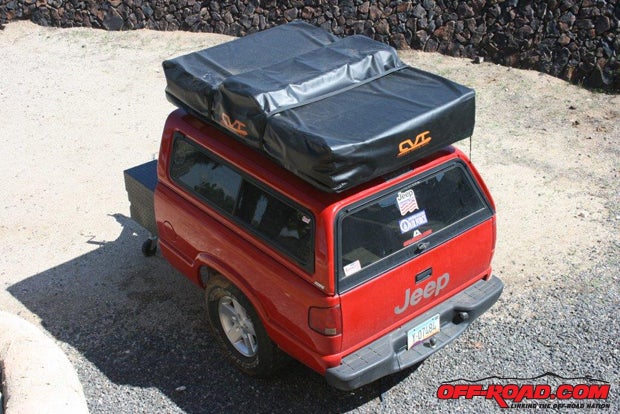
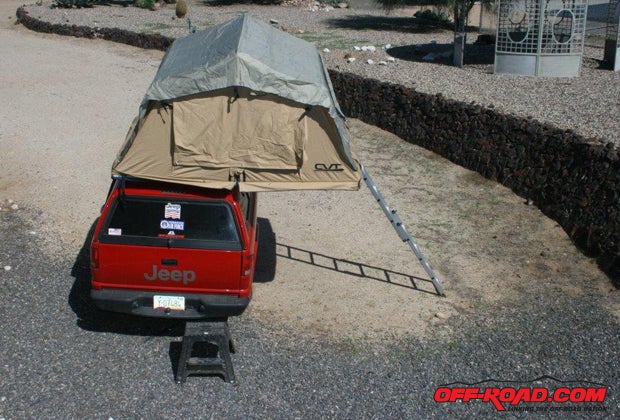
Cascadia Vehicle Tents—or CVT—come in several models, each with a slightly different design. The Mt. Rainier Roof Top Tent, which is the one I tested, sleeps four (or more if the folks are really, really friendly), with a 4-foot overhang/veranda (which also comes with a three-sided skirt). CVT says the weight capacity is 650 pounds.The skirt then becomes an annex and/or changing room, which is included in purchase ($1,695).
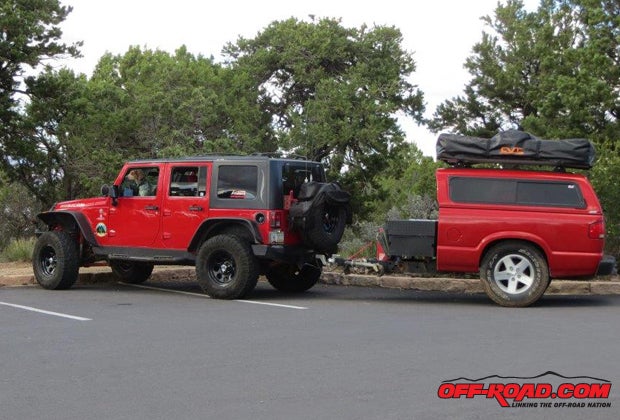
I didn’t actually test the skirt, because it’s not conducive to overnight camping, which is how we tested the CVT tent. However, if you’re planning on spending two or more nights in one location, the changing room could be a really hot setup—especially if the weather turned foul and you’re forced to get in out of the rain. With the right gear, you could even cook beneath the overhang and stay dry at the same time. It could also be a great place to store kids’ toys or tools out of sight.
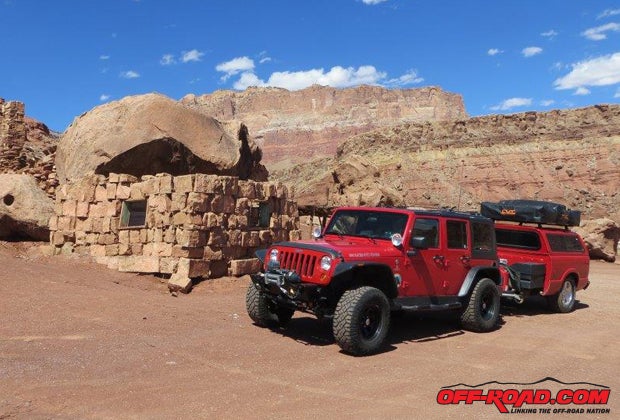
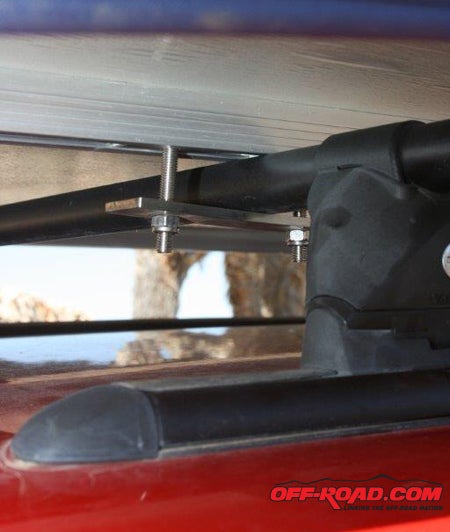
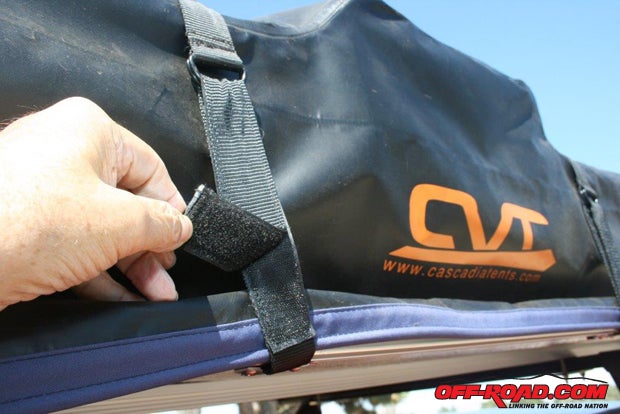
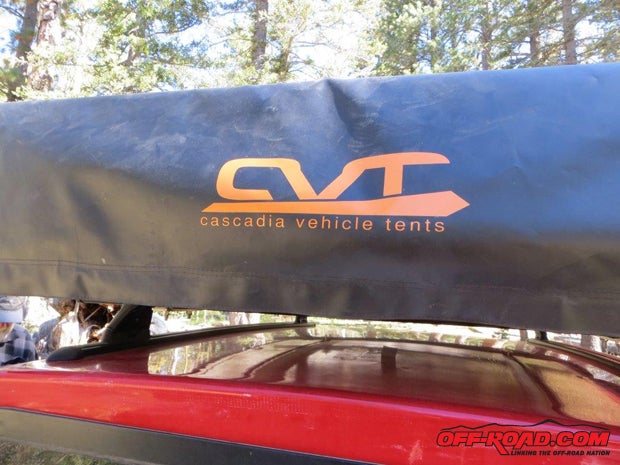
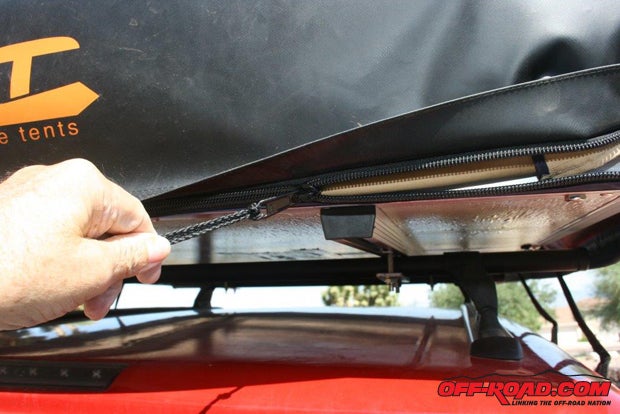
Well, let’s get the housekeeping chores out of the way early. The Mt. Rainier weighs 150 pounds; open it is 72 inches wide, 96 inches long, and 50 inches high; closed it is still 72 inches wide, 48 inches long, and 14 inches high in its sealed weather cover (heavy-duty PVC material). Its frame and base are aluminum, as is its adjustable ladder (which does double duty as the support for the extended tent floor). The fabric is a 280g poly/cotton ripstop compound, which is both breathable and mold resistant, and has UV protection built in, and the full-size mattress is 2-1/2 inches of high-density foam. Although it will fit other racks—as you can see in the photos—Cascadia Vehicle Tents (http://www.cascadiatents.com/) recommends that its customers use either Yakima or Thule roof rack systems (my trailer’s cap came with a Yakima rack).


 Your Privacy Choices
Your Privacy Choices